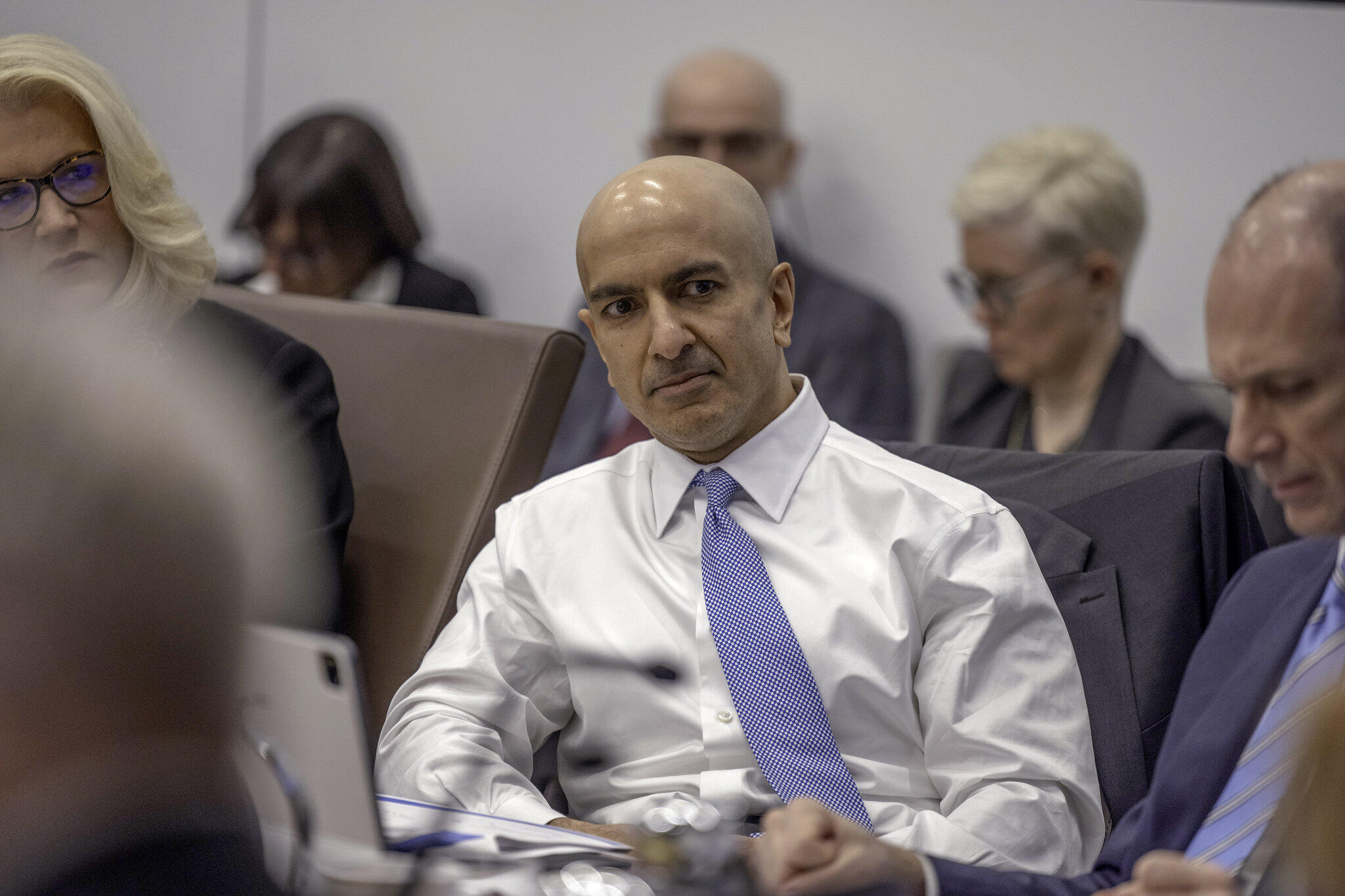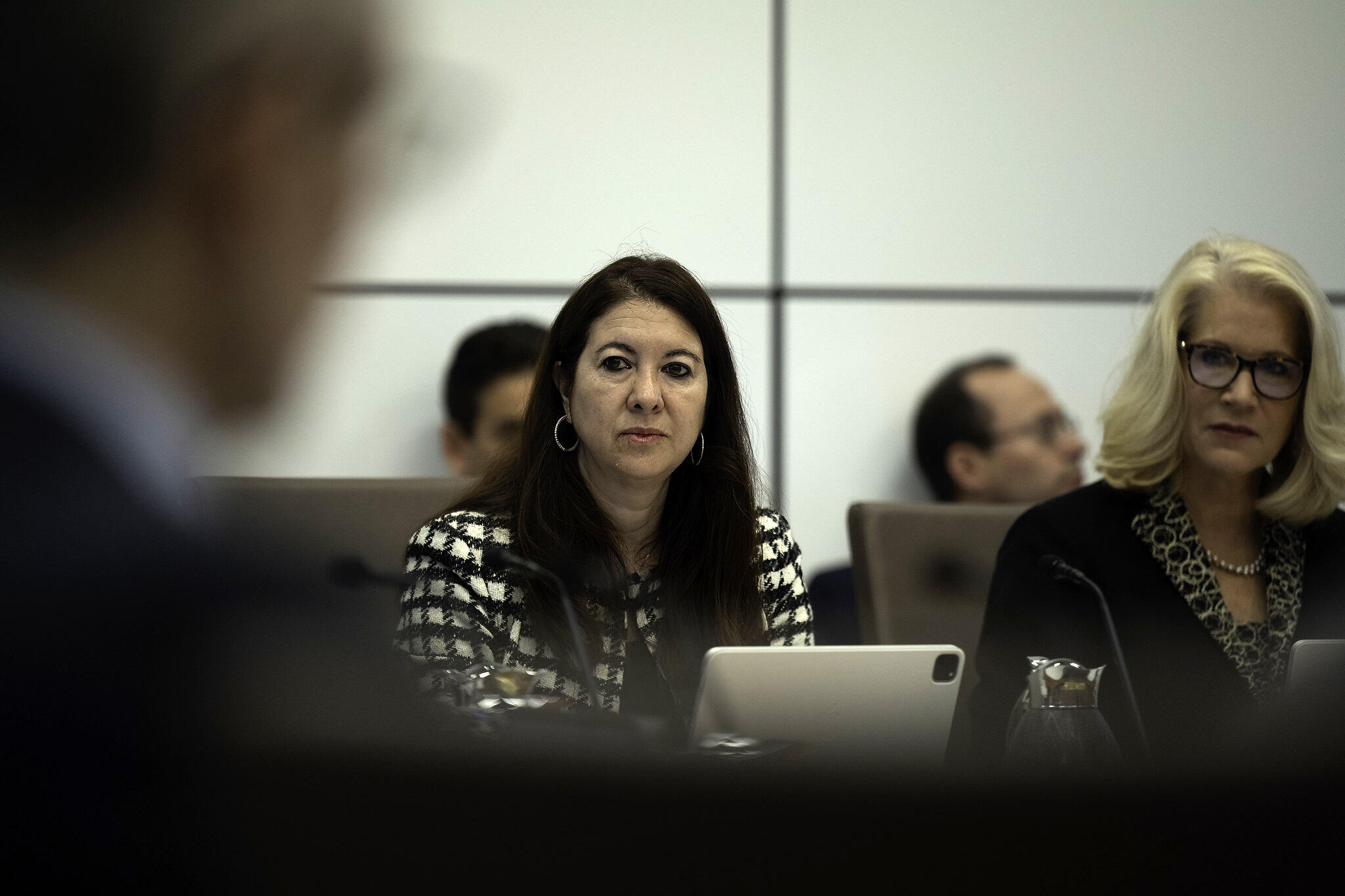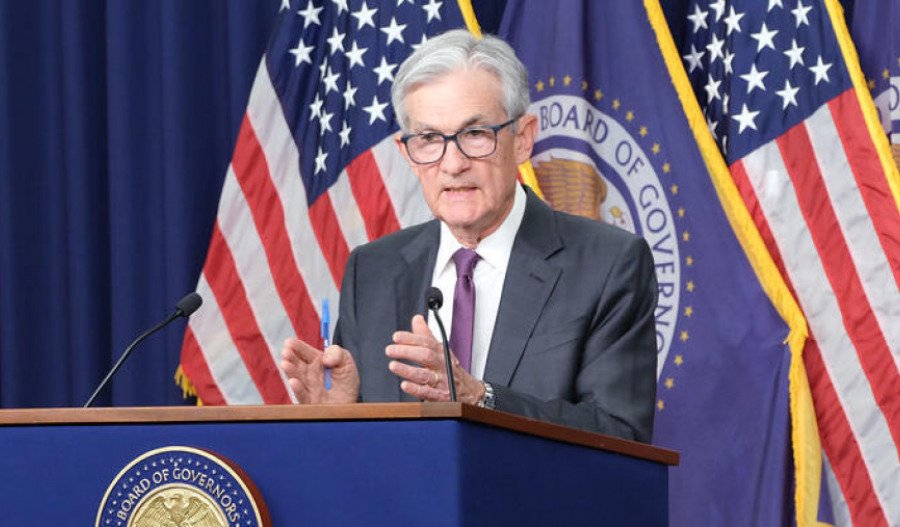The Federal Reserve recently updated its quarterly economic projections and provided fresh insights into the outlook for growth, inflation, and monetary policy.
Central bankers are signalling a slowing pace of economic expansion and mounting uncertainties, prompting a reevaluation of policy measures in the face of persistent inflationary pressures and global headwinds.
Projections Revised Downward
The Fed’s latest projections, detailed in its official FOMC projection table, indicate a downward revision in economic growth and a more elevated inflation outlook.
According to projections, real gross domestic product (GDP) growth is now expected to reach 1.7% by the end of 2025, a notable decrease from the previous forecast of 2.1%.
Similarly, the labor market is anticipated to weaken slightly with unemployment projected to rise from 4.3% to 4.4%, while core personal consumption expenditures (PCE) inflation is forecast to conclude 2025 at 2.8% - up from 2.5% in earlier estimates.

Policy and Projection Insights
The revised forecasts were accompanied by speeches and public remarks by key Fed officials and regional leaders.
At a recent economic summit, Federal Reserve Bank of Minneapolis President Neel Kashkari stressed the importance of caution.
Kashkari noted that, given the current economic uncertainties, the Fed “should stay put for an extended period amid policy uncertainty”.

In related comments, Federal Reserve Bank of New York President John Williams highlighted the “heightened uncertainty” experienced by both firms and households.
Fed Governor Adriana Kugler also reinforced this rhetoric, noting that while the central bank’s policy stance remains restrictive and well-positioned, progress toward the inflation target has been sluggish.
She stated: “Progress has slowed since last summer. In certain subcategories there is evidence that inflation reaccelerated in recent months.”

President of the Federal Reserve Bank of Richmond Tom Barkin noted: "With all this change, a dense fog has fallen. It’s not an everyday "forecasting is hard" type of fog. It’s a "zero visibility, pull over and turn on your hazards" type of fog.
"A number of large firms, including airlines and retailers, have raised flagging consumer confidence in recent weeks while warning about weaker demand. That would be rational. Wage growth expectations are normalising at the same time as tariff talk pushes up near-term inflation expectations.
"The net [result is] that expected real wages are dropping. At the same time, equity markets have been volatile. Both would signal less strength in consumer spending."
The remarks point to a cautious consensus: while the Fed is committed to curbing inflation, it must also navigate the risk of stifling growth in an environment already fraught with uncertainties.
Market Reactions and Broader Economic Concerns
Meanwhile, U.S. consumer sentiment plunged to a two-year low in March, while long-term inflation expectations hit a 32-year high amid growing tariff concerns.
The University of Michigan's final sentiment index dropped to 57 from 64.7 in February, falling short of the preliminary reading of 57.9.
Consumers expect prices to rise at an annual rate of 4.1% over the next five to 10 years. This is the highest since February 1993 and above the 3.9% preliminary reading. They saw costs rising 5% over the next 12 months, the highest since 2022.
Further commentary from financial markets, as seen in analyses by Barrons and JPMorgan, suggests that while the Fed’s decision to maintain its long-run federal funds rate projection at 3% and its end-of-2025 midpoint forecast at 3.9% indicates stability in its policy framework, the outlook remains murky.
Both sources observed that the projection of rate cuts later in the year may relieve borrowers.
Looking Ahead
The coming months are poised to test the Fed’s resolve and the U.S. economy's resilience. With projections for GDP growth, unemployment, and inflation all pointing to a more challenging economic reality, both market participants and policymakers will watch closely for signals of emerging trends.
As the Fed continues to navigate these uncertainties, its strategic decisions - reflected in both its economic projections and officials' assessments - will remain critical to shaping the economic narrative for the remainder of 2025.



